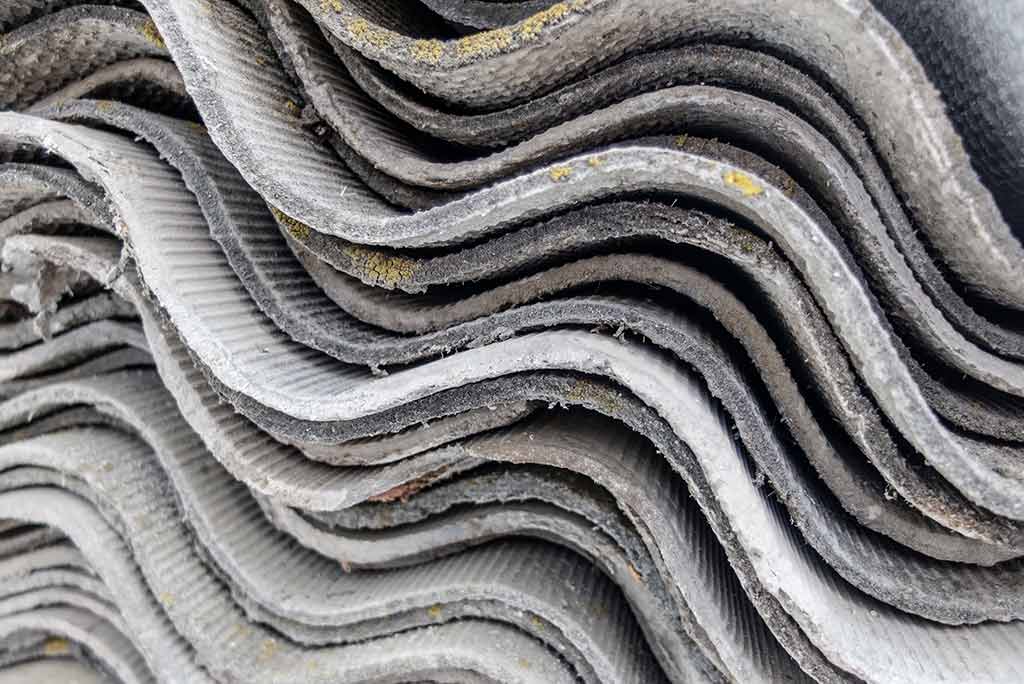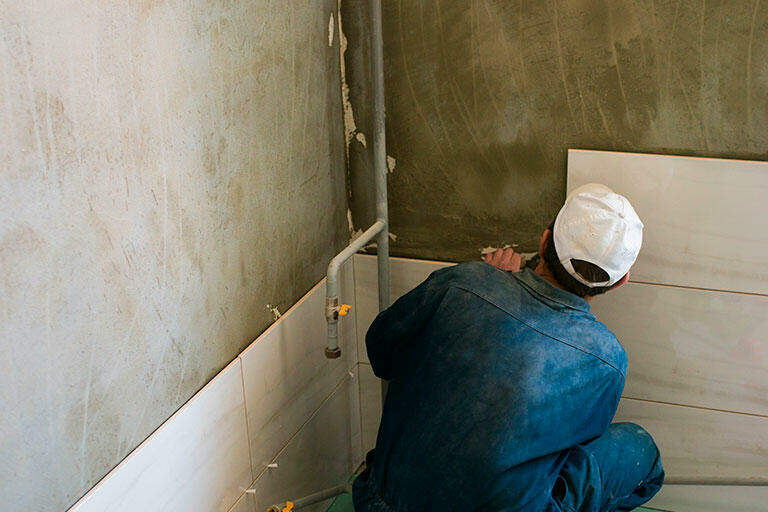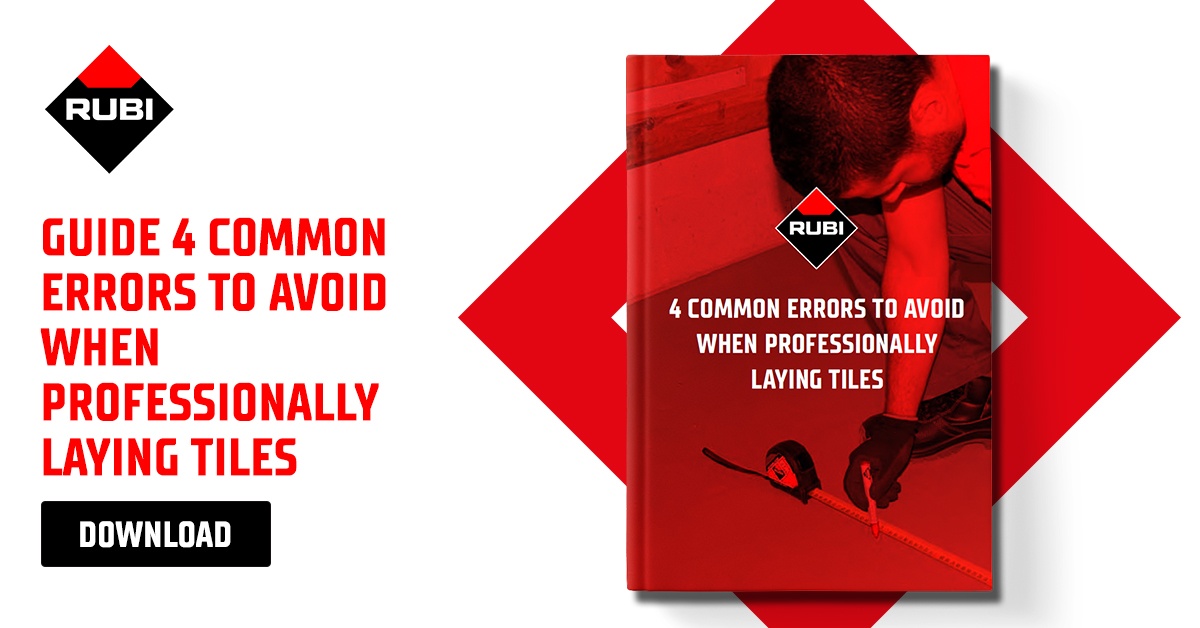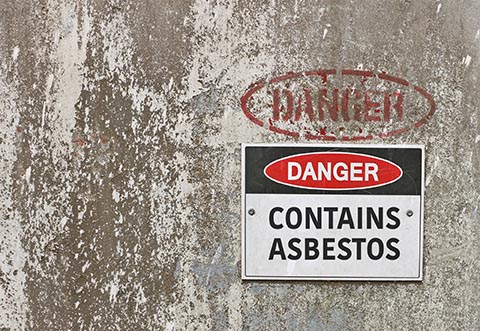Despite its infamy, many people are still unsure what asbestos looks like. Because of that, in this post, we will answer this question and more. We will look at what the specific health risks of asbestos are and the many places you might find it in your home. For instance, it’s possible to discover asbestos during a tile installation project, in a ceiling, under any type of floor, inside your insulation, as well as in other places.
Today, asbestos is a word that strikes fear given what we now know about its dangers. With that said, it is still used in many consumer products in the United States. This is allowed as long as it accounts for less than one percent of the product. Traditionally, asbestos was used in many industries, including perhaps most notably within the construction industry.
Exposure to asbestos is known to cause a number of illnesses and diseases, including cancer and asbestosis. It is a naturally occurring mineral and it is composed of soft and flexible fibers which are resistant to heat.
While useful across different industries, asbestos exposure is highly toxic. Asbestos is a major killer in the US; it kills between 12,000 and 15,000 Americans per year. The main cause of asbestos-related death is lung cancer.


What Does Asbestos Look Like?
As homeowners, we may not know that our house contains asbestos. Generally speaking, as long as you don’t disturb it, it does not pose any health risk. However, people often come across asbestos during renovation works or repairs.
Because asbestos can be used for so many purposes within a home, it can be hard to know exactly where it is and what it looks like. This is often compounded by the fact that it can be mixed with other materials.
There are basically three main types of asbestos, which come in three different colors. Crocidolite is a blue color, amosite is brown, and chrysotile is white.
Loose-fill asbestos may be present in cavity walls and underneath floorboards. It resembles a loose and fluffy material, not unlike cotton candy. This ‘pure’ asbestos is the most dangerous kind. If you disturb it, it can release large amounts of fiber which you can then inhale.
Lagging asbestos may be applied to pipes and is often difficult to identify due to the presence of a protective coating. This material can flake easily.
Asbestos may also come in the form of spray coating. It was often used for insulation as well as to protect steel from fire . It is usually whiter in color, though again, it could have been painted.
Asbestos insulating board (AIB) was traditionally used in many different parts of the home and for a variety of purposes. It can be difficult to identify, though it is not as dangerous as most of the other forms listed above.
Other forms of asbestos can include asbestos cement products, textured coatings, floor tiles, roofing felt, and seals. The most important takeaway here is that if you are unsure about whether or not asbestos is present, leave it alone and seek professional advice.

Where Can You Find Asbestos in Your Home?
Let’s take a closer focus on some of the areas of your home where asbestos could be present. Unfortunately, asbestos could be present in every room of your home, depending on the year it was built. Due to asbestos cement, it could be present within your walls and outbuildings, for example.
Asbestos may also be present in your roof, floor, and ceiling tiles. It may form part of the loose insulation in your loft or in insulating boards, textured/sprayed coating, or cladding.

Other locations include downpipes, pipe lagging, sink pads, rainwater goods, partition, soffits, fascias, electrical panels, and toilet seats.
Depending on the type of asbestos found, its condition, and the nature of the work you are doing, it may not be necessary to remove the material from your home. In certain circumstances, it is okay to leave the asbestos where it is and cover it with a protective layer. This is cost-effective and you can do it with little disturbance.
What Are the Health Risks of Asbestos?
Exposure to asbestos is linked to a number of illnesses and diseases, including mesothelioma, pleural effusions, and asbestosis. When you disturb products that contain asbestos, tiny fibers are released into the air.
When inhaled, they can become trapped in the lungs, causing health complications. Over time, asbestos fibers can accumulate, cause scarring and inflammation, and lead to serious health problems.
The reality is that everyone is exposed to asbestos at some time, due to the low-level presence of it in the air and water. However, it is only those who are exposed to asbestos on a regular basis or in higher quantities that will become ill.
If you believe that you have been exposed to asbestos, the first thing to do is consult your doctor. They will help determine your risk of developing an illness related to asbestos exposure.
If you have only had a brief, one-time exposure to asbestos, there are unlikely to be any major issues, though it is always a good idea to consult with a doctor. Long-term effects of asbestos exposure may not show for several years, even up to 40 years after the initial exposure.
Understanding Asbestos and Its Risks
It can be difficult to ascertain ‘what does asbestos look like,’ but the above information can help you. The most important takeaway is that if you suspect asbestos, leave it alone and call an expert for assistance.
Here at Rubi, we are the world’s leading manufacturer of premium tile tools. Contact our team if you are interested in learning more about our products and services.



Glad I stumbled upon your blogs. It is very important to know the risks of asbestos.
In detail information provided about the asbestos looks. Keep sharing such blogs.